One of you asked how the collectors featured on ArcticInsider store their snowmobiles. I thought it was a great question and asked two of them. If you have any tips/tricks to add to the conversation, please post in the comments section. – Kale
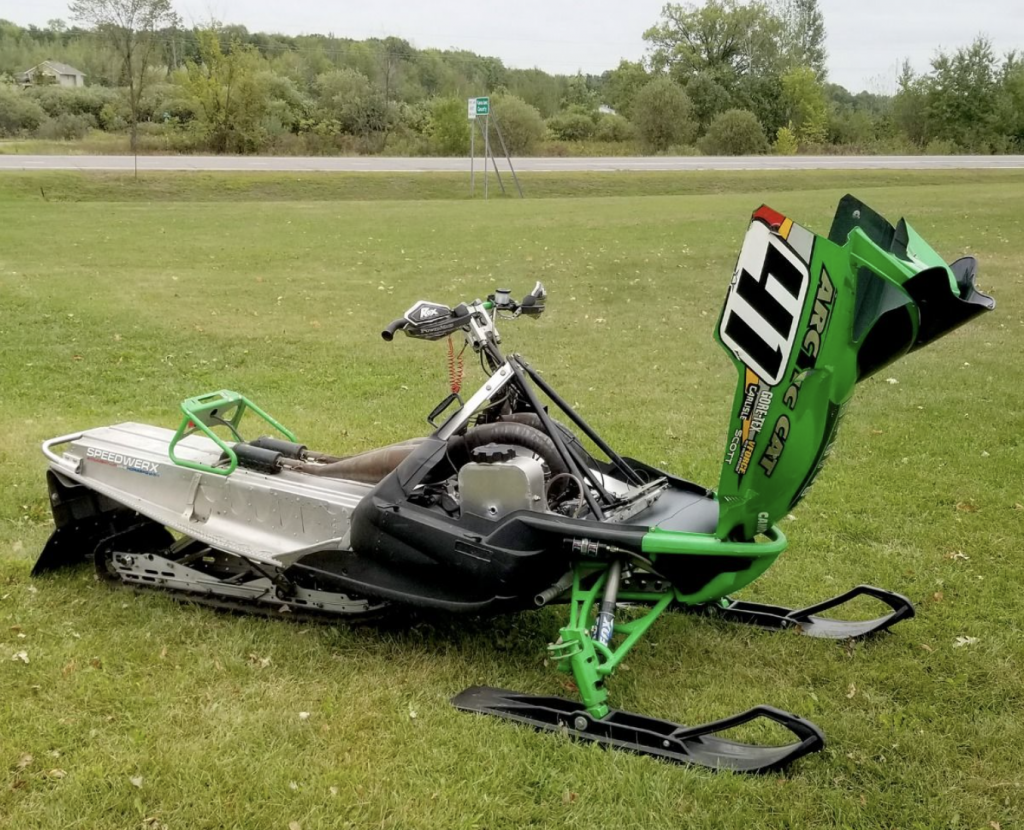
“We store our collector and/or vintage units differently based on usage. No matter the rarity, we try to use our units. It’s our feeling, that the unique sights, sounds and rides are what they were made for. The true fun of owning them, for us, is to experience all of that and share with others who also admire them.” -Tom Rowland, Thomas Sno Sports
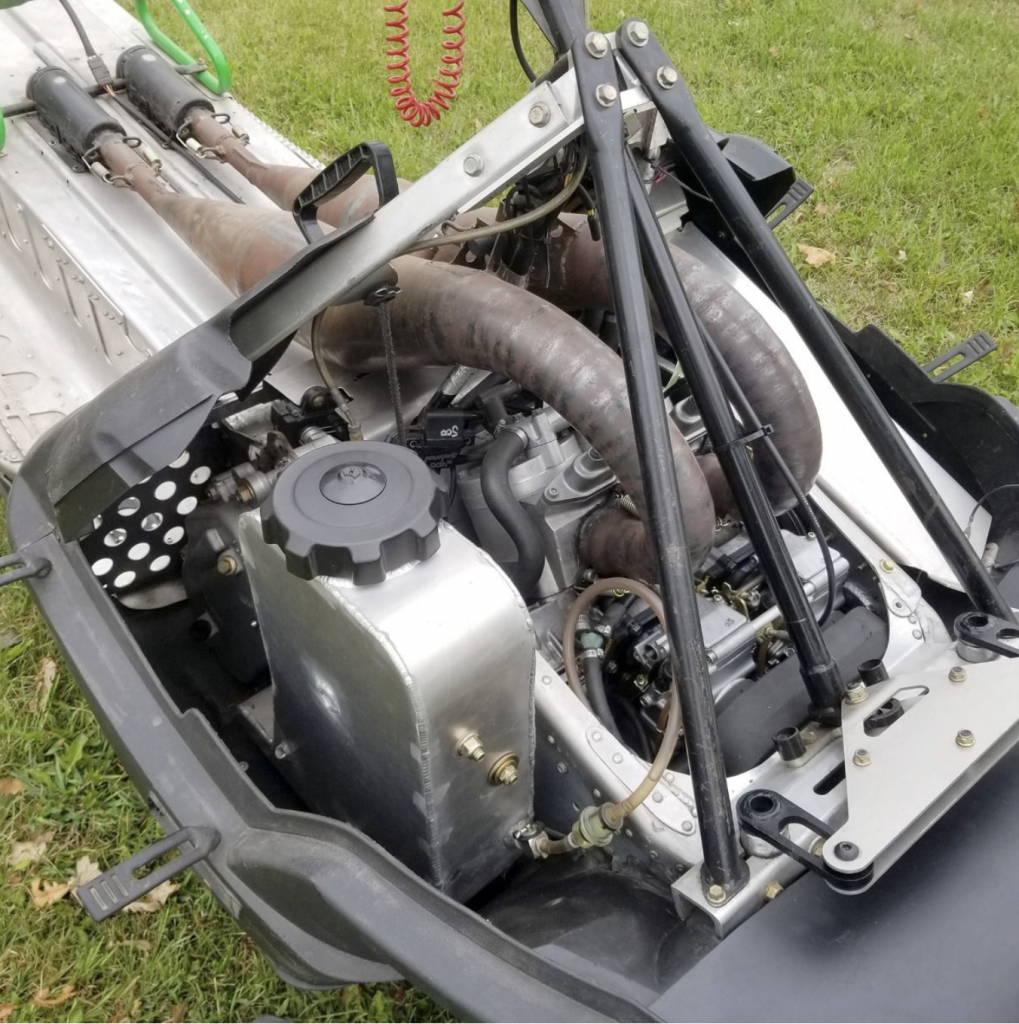
So, to answer your question, we look at usage. If we restore a snowmobile from ground up and know the unit will go on a shelf forever (rare for us) then we build and assemble everything, but leave internal components dry (chaincases, oil and fuel tanks etc).
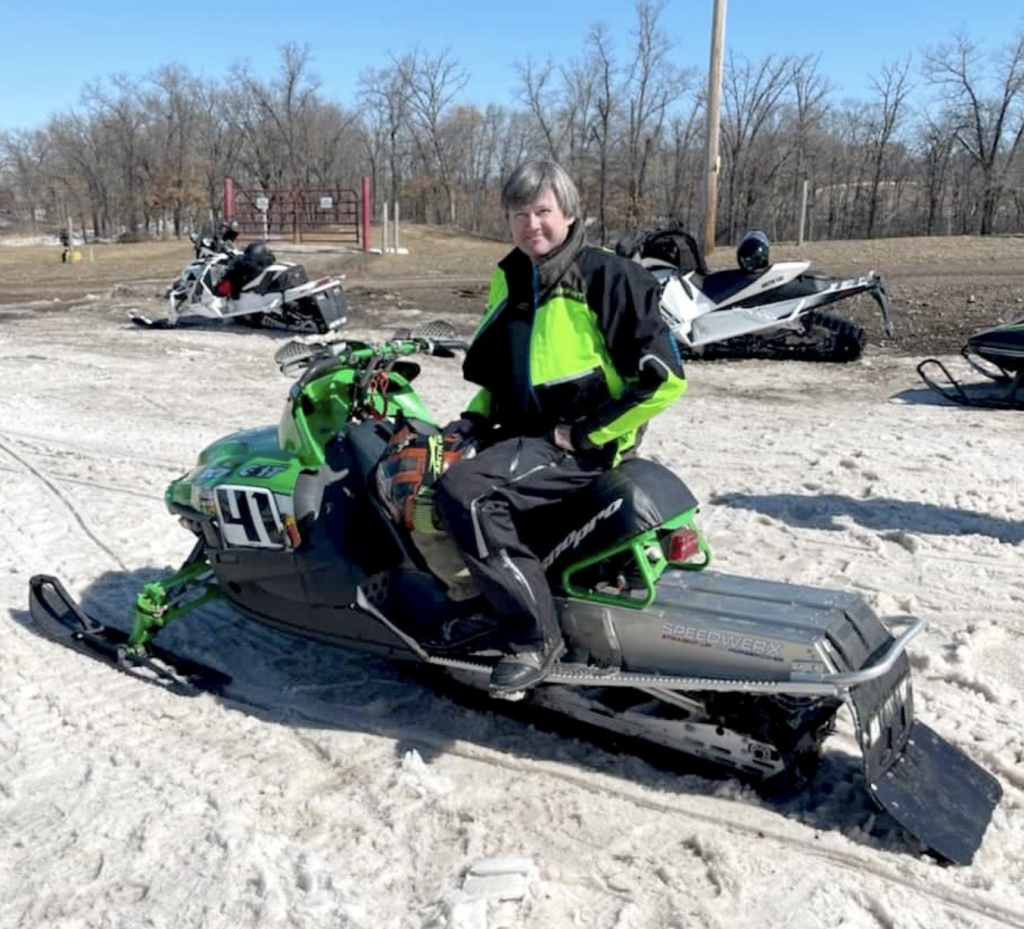
For units we know will be used, they are stored after the ride season in a typical fashion. We make sure carb bowls are drained and fuel lines are shut-off. As for fuel in the tanks, that varies too in how we preserve it. A lot of our snowmobiles have race gas because of its longer shelf life, but that’s not to say we don’t store some sleds over the summer with a bit of fresh non-oxy (gas) with a fuel stabilizer treatment in it. Unless it’s a special occasion or event, we typically don’t fire up our sleds once they are prepped and stored for the summer.
“We typically try to store our sleds in running conditions – That doesn’t always mean we will ride them, but the majority of our stuff can run at any time.” – Zach Herfindahl, Factory AC Cross Country Pro Racer
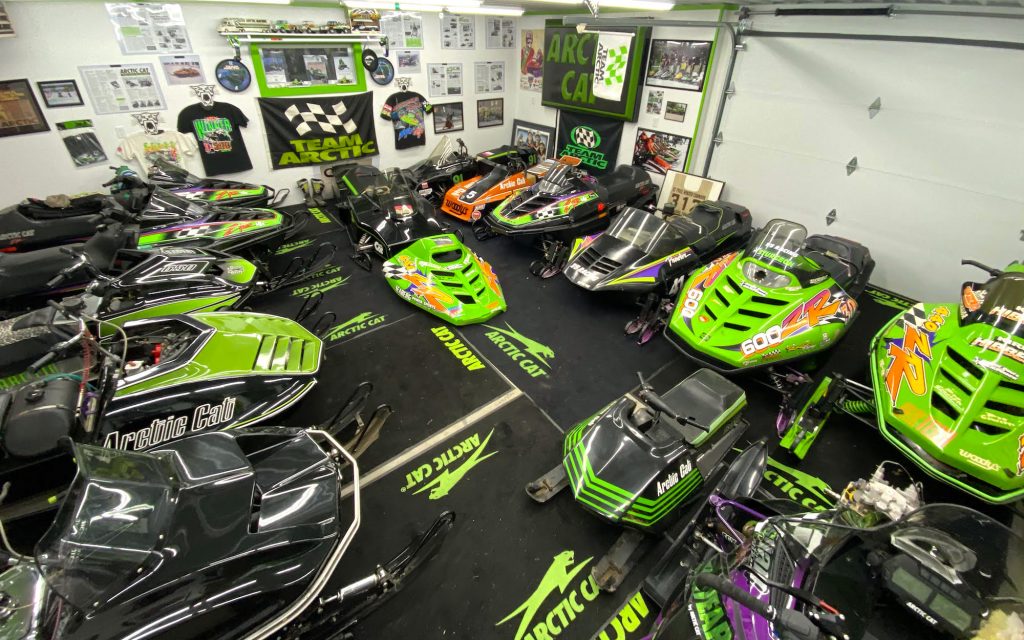
Any sled in our collection with twin pipes that are hand welded, get a coating of transmission fluid. This coating prevents any rusting issues and preserves the pipes. When it comes to fuel and the fuel systems, we typically choose to store everything with race gas because it doesn’t go bad. I usually have a supply of 116 around, so each sled gets 1-2 gallons in the tank. We try to start them up a few times throughout the year to ensure all systems are working.
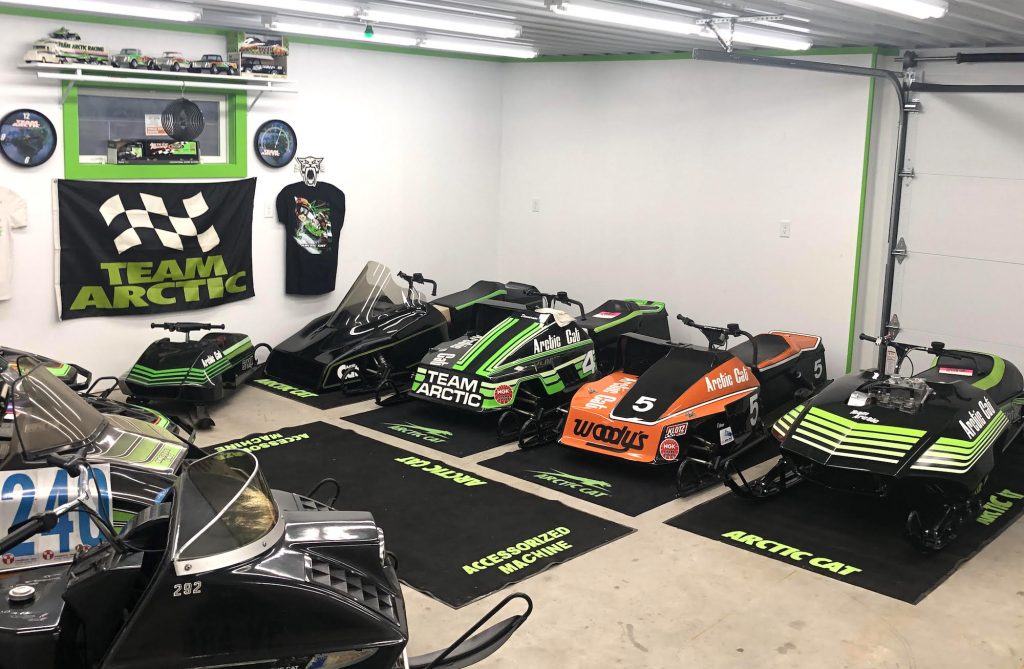
Our 1978-1981 Sno Pros are treated differently though. Those particular sleds are drained of all fluids including gas, oils, coolant, and if they have them, the track lube tanks are cleaned out. Our reason for storing them in this fashion is basically due to parts availability and we really don’t have a reason to be riding these Sno Pros. If something happened to them, you just can’t find parts because of their rarity.

When we spend our summer days Waiting for Winter, I can’t think of a better way to pass the time than firing up rare old Arctic Cats – When those engines come alive and the pipes sing, followed by the incredible smell of 116 race gas, it’s just a beautiful thing!



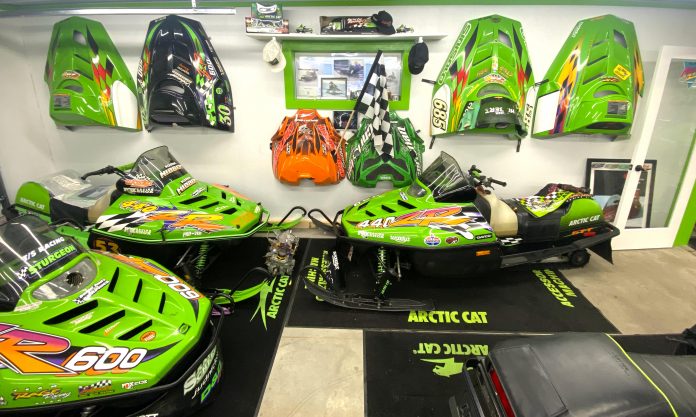
Thanks for the story. Very interesting. I would guess that a collection like the Ische family one is never used and therefore is drained of all fluids and left dry. I mean, where would you even run one of the oval race sleds. Still, I wonder what the internal components (engine, chain case) look like after all the years of storage. I guess it doesn’t really matter if they are just for show…but what a show.
I know a guy who was a fan of ATF in the crankcases for his vintage oval sleds. Seemed to keep seals moist fight off rust. These were trailer and shelf queens. So many vintage ifs late 70s racers were chopped up into grass drag sleds that I don’t blame not riding them. Only original once.